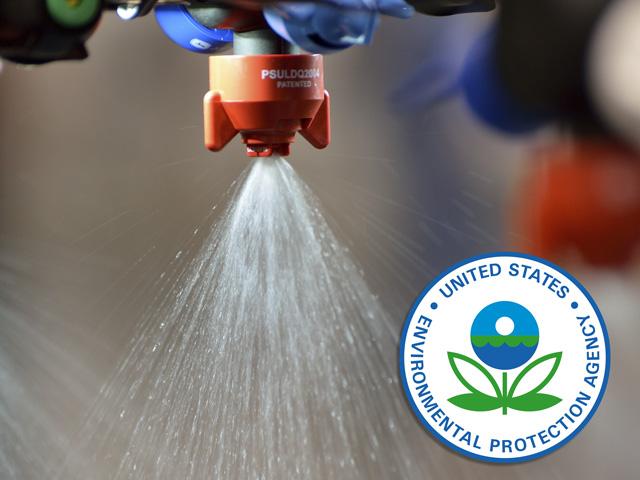Production Blog
Need Atrazine? Tell EPA Why
JEFFERSON CITY, Mo. (DTN) -- Today is the day. It's the last day for the public to comment on changes the EPA has proposed for the use of atrazine in this country. Speak before midnight tonight or forever hold your peace.
Or not. The choice is yours.
EPA reviews registered pesticides at least every 15 years, and this current review of atrazine began nearly a decade ago in 2013. In the years that have followed, there have been ecological risk assessments, human health risk assessments, proposed interim decisions, interim decisions, petitions alleging violation of duty and voluntary partial remands.
Now, the EPA's proposed revision to the interim registration review decision is before the public for review and comment. While "proposed revision to the interim registration review decision" sounds like a phrase cooked up at Waffle House, it means that now is the time to look at what the EPA plans for the future of this herbicide. Speak before midnight or forever hold your peace.
Or not. The choice is yours.
Dwight D. Eisenhower was in the White House when atrazine was first registered in the late 1950s. There likely aren't many farmers still farming who donned "I Like Ike" campaign buttons, yet their children, grandchildren and great-grandchildren have relied on the herbicide for decades to control broadleaf and grassy weeds in corn, sorghum and sugarcane.
P[L1] D[0x0] M[300x250] OOP[F] ADUNIT[] T[]
Atrazine and its use have been reviewed by EPA before; the last reregistration occurred in 2003. This most recent review has resulted in the proposed changes that includes prohibitions on when and how atrazine can be applied as well as the amount that can be applied per acre. The EPA also proposes a "picklist" of runoff control measures. You can read more about these in my story from Wednesday: https://www.dtnpf.com/….
While gathering information for that story, I learned more about the public commenting process for proposed regulation changes. As of Wednesday morning, the EPA had received a total of 10,995 comments on changes for atrazine. Now, 48 hours later, that total stands at 34,330. While this intrepid reporter might like to think that his work inspired more than 23,000 people to speak up, I know better.
Without seeing those comments, it's safe to say the vast majority are comments generated through mass mail campaign letters that commodity organizations and others have created to mobilize their members to speak up. On Wednesday, of those 10,995 comments, the EPA had determined that only 66 were unique and posted to the docket, according to an email sent to DTN. The remaining 10,929 were determined to be comments from mass mail campaigns.
What does that mean? Instead of having each of those comments posted to the docket, they are bundled together. One representative comment is posted, along with the total comment count for that campaign.
While some may see this as a good thing -- having the entire choir singing the same tune, as it were -- it does little to enlighten the process or provide EPA regulators with a gauge as to the true impact of the changes the agency is proposing. Could a corn farmer in Illinois really feel exactly like a corn farmer in Maryland? There are common threads to be sure, but the how, when and why a farmer uses a product like atrazine will be different from farm to farm.
And, should these picklist mitigation requirements come to fruition, how they are implemented will vary field to field based on application rate, crop, region, watershed and soil erodibility. The proposed changes are not one-size-fits-all. Neither should be the public comments about them. This is true for atrazine as well as other crop-protection products that will be going through the process in the coming months and years.
On its website, EPA states that one well-supported comment is often more informative to the agency than a thousand form letters. If that's truly the case, 50 personal comments from farmers who share some hard numbers about the value of atrazine to their weed-control program and how these proposed changes impact their operations are worth as much as 50,000 farmers who simply add their names to a form letter. If you've read this far, maybe you can be one of those 50.
Or not. The choice is yours.
To comment on the proposed revisions to the atrazine interim decision, go to https://www.regulations.gov/….
Descriptions of the picklist mitigation measures can be found here: https://www.regulations.gov/….
Tips for commenting on EPA dockets can be found here: https://www.epa.gov/….
Jason Jenkins can be reached at jason.jenkins@dtn.com
Follow him on Twitter @JasonJenkinsDTN
(c) Copyright 2022 DTN, LLC. All rights reserved.






Comments
To comment, please Log In or Join our Community .